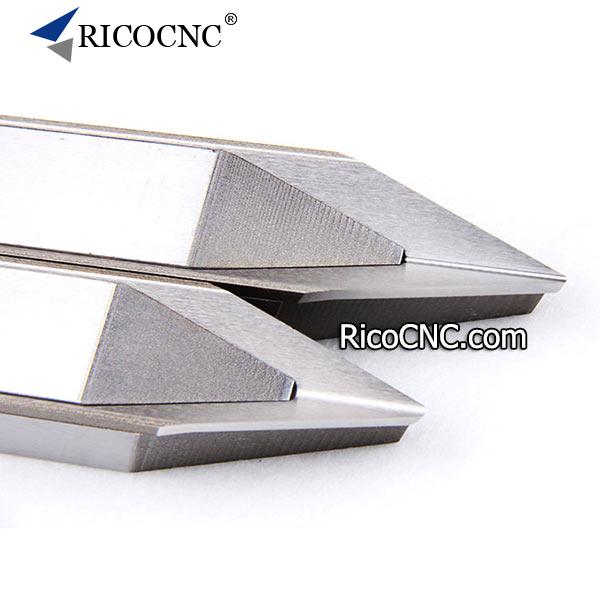

Once you have the rough shaping done you can switch to the Spindle gouge which has more finesse than the roughing gouge.

The spindle roughing gouge comes in different sizes from The Spindle Gouge To use it you will place the bevel on the wood using the banjo which is the metal support bar that you rest to the tool on, it is also known as the tool rest. It can quickly remove a lot of wood or “stock” but it doesn’t leave the smoothest of finishes. You use for turning a square or off-center piece into a cylinder. This is a hardworking tool and you will see this reflected in the weight and heft of the tool. The Woodturning Tools Used for Spindle Turning The Spindle Rouging Gouge The woodturning tools you use for spindle and faceplate turning are different. You do this when you are making bowls or platters.

Faceplate turning is when the grain of the wood is vertical or perpendicular to the bed of the lathe and the wood is held only at one end allowing your work on the other end.Think of a rolling pin, a pen, a mallet, these are all versions of spindle turning. When you are spindle turning you work on the side of the wood. Spindle turning is when the grain of the wood is horizontal or parallel to the bed of the lathe and the piece is held or “pinched” between two point known as the head and the tailstock.Turning on a lathe falls into two main categories – Spindle turning and Faceplate turning Two Main Categories of Woodturning | Spindle & Faceplate There are many different kinds of woodturning tools and for the new turner it can be confusing so we have put together a quick reference guide to turning tools, an explanation of what they do, if you’re unclear about what woodturning actually IS, check this article on Wikipedia.
Woodworking lathe tools how to#
Introduction to woodturning Tools | How to Use Them


 0 kommentar(er)
0 kommentar(er)
